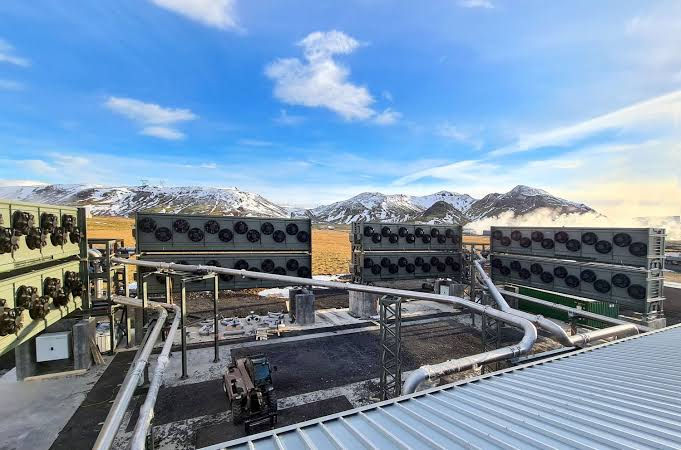Iceland, though smaller in land area and population as compared to other European countries, is a beautiful land of rugged landscapes, geothermal wonders and unique geographical features. Apart from physical aspects, Iceland’s realistic commitment to sustainability has set it apart from all other European countries.
Despite its reputation as a pristine haven, this Nordic island nation also grapples with the reality of carbon emissions associated with modern industries. The imperative need for new methods of sustainability in Iceland stems from its reliance on geothermal energy, which is cleaner than fossil fuels but still a source of carbon dioxide and other greenhouse gases.
Here enters the unique Carbon Capture technology, a beacon of hope in the fight against global warming. At its core, this innovation harnesses the power of nature tapping into the geological wonders that define Iceland’s landscape. The process begins with the capture of carbon dioxide emissions, typically from industrial sources and geothermal plants. Rather than allowing these emissions to freely roam the atmosphere, they are injected deep underground where they encounter basaltic rock, which is a prominent underground feature of the terrain. Here, the magic called science unfolds. The carbon dioxide undergoes a remarkable transformation, reacting with the basalt to form solid minerals, effectively locking it away for millennia. This process, effectively known as carbon mineralization not only mitigates the greenhouse effect but also turns a once harmful gas into a valuable asset. Its benefits, such as a major reduction in atmospheric carbon dioxide levels are a boon to Iceland’s eco-friendly reputation.
Yet, as with any technological marvel, there are negative aspects to consider. While carbon capture technology holds promise, its widespread implementation might face certain hurdles. The cost of infrastructure and energy required for its implementation remains a significant barrier. Moreover, the long-term stability of stored carbon dioxide and potential environmental impacts demands thorough research.
Despite these challenges, the potential impact of carbon capture on a global scale would be profound. Imagine a world where carbon emissions are not just curbed, but reversed, a world where industrial progress and environmental preservation exist in harmony. Carbon capture offers much hope in this vision, promising a future where Iceland’s pioneering spirit serves as a beacon for worldwide climate action.
In conclusion, the imperative for carbon capture speaks to the urgent need for sustainable solutions in the face of climate change. Through harnessing the power of nature and leveraging cutting-edge technology, Iceland stands ready to transform itself and in turn, the world to maintain our environment for the generations after us.


Comments